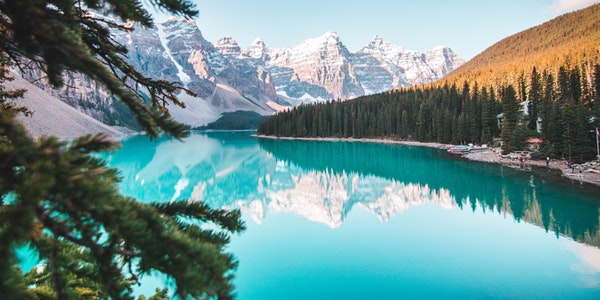There are many photographers who like landscape photography. Traveling all over the country, recording the beautiful scenery of nature, you can experience the culture of different places and expand your knowledge. However, for many beginners, landscape photography is difficult, and it is impossible to shoot satisfactory works. We bring you 10 do’s and don’ts when shooting landscapes, so that beginners can refer to them, and even get some inspiration from them to build their own set of shooting modes.
Table of Contents
Five Necessary Behaviors
1. Always bring a tripod
A tripod is arguably one of the most important pieces of photographic equipment, and landscape photography is no exception. You must know that photography not only records a momentary image, but also records the changes and dynamics of things.
Sometimes I take pictures while walking, and I want to shoot with slow shutter speed when I see the flowing water on the side of the mountain and the plants dancing in the wind. If you don’t have a tripod by your side, you can only cry out a pity. In addition, a tripod can also help control the level, reduce camera shake, or maintain a specific viewing angle, which is very important.
Although the tripod is heavy and bulky, it is inconvenient to carry, but there are always situations in which it is necessary to use a tripod during shooting. In order to take more great photos, it’s always a good idea to bring something with you at all times.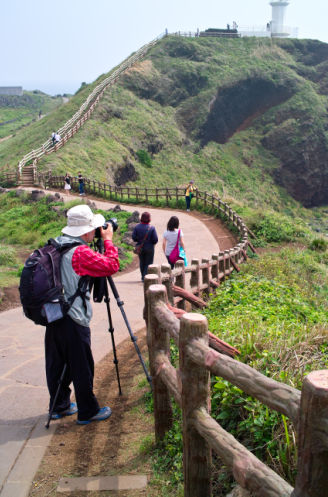
A tripod is so versatile, it’s still worth taking with you even when shooting in the daytime
2. Try adding characters
Some photographers are always satisfied when there are no people or animals in the photos when shooting landscapes. In fact, they don’t need to be so persistent.
The characters in the photos can often inject life and vitality into the whole picture, or give the reader room to imagine and tell a wonderful story. The presence of animals can sometimes interact with the background, bringing out more information about the place.
In addition, adding characters can also be used as a standard for comparison, indicating the size of the objects in the picture. Sometimes it is difficult to avoid the appearance of characters, and we must find a way to use them. But at the same time, be careful not to be affected by the added characters or animals to affect the atmosphere and the balance of the composition.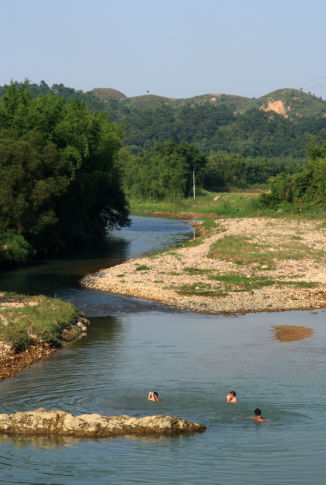
If there were no children playing in the water, the picture would be too quiet and lacking in life.
3. Use Zoom out to help with composition
Here’s a little tip we recommend when shooting to help beginners master composition. When framing, first adjust the zoom lens to the telephoto end, and then slowly zoom to the wide-angle end. In the process, carefully observe the scene in the viewfinder, find the balance point between the subject and the foil in the photographed image, and then press the shutter.
Because many beginners often want to include more elements in a photo, or are reluctant to give up the scene in the picture, only to find that the content of the photo is too much and too messy, and there is no clear theme. So we came up with this method, starting with the simplest, cleanest picture, and then slowly adding other foils to reduce the temptation to compose.
Focal length: 21mm – adjust the lens to the telephoto end, zoom out slowly, and then press the shutter after adding the city buildings to set off.
4. To go back
As the saying goes, “a good horse doesn’t eat grass”. We say, “Photography needs to go back.” This means that when you are shooting while walking, if your physical strength and time permit, you can turn back along the way. Good places are not afraid to go again and again, especially now that there is GPS positioning technology, which is very convenient.
When revisiting old places, find a different route. The purpose is to help everyone to see the scenery from another angle, so as not to miss any beautiful scenery. A mountain just photographed might look even more majestic from another angle. A tree that was inconspicuous just now may become mysterious and beautiful from another angle.
Don’t limit your vision, know that there are many beautiful things in nature that need to be discovered by yourself. The most beautiful side of things can be found only through observation in many aspects.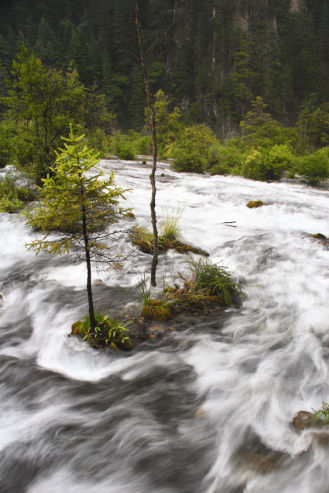
This photo was taken while passing by a rocky beach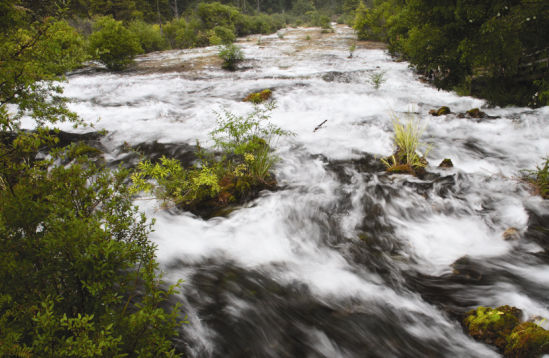
Later, I turned back along the road and took this photo to better express the rocky beach and flowing water.
- Pay attention to details
Many beginners ignore a lot of details in landscape photography, and only focus on expressing the whole picture. The continuous mountain peaks are certainly worth admiring, but have you noticed that a grass at the foot of the mountain is also worth photographing?
Careful observation is a condition that all photographers and all subjects need. In landscape photography, it is also necessary to observe the weather changes, the expected changes in the scenery, etc., in order to find the best shooting time.
In addition, pay more attention to some subtle places, such as moss on the stone, insects on the leaves, etc., or the shape of things, the texture of the surface, the abstract light reflection, in fact, can be very good shooting theme.
Five Unwanted Behaviors
1. The angle is the same
Many beginners use eye-level framing when shooting landscapes. All of them use the golden section method to place the horizontal plane at the bottom 1/3 of the photo, and there is no change in the shooting, and I cannot get out of the frame I set. So we take the trouble to mention it.
When photographing landscapes, don’t stick to the rules. You can try to frame the scene from different angles as much as possible, so that there are more changes between photos of the same subject, so as not to be dull and boring. For example, there are many framing angles when photographing flowers. Try looking at eye level, looking up from the ground, and looking down from directly above the flower. When photographing trees, you can take a picture of the tree from a distance, or take a picture of the shape of the tree from a close distance along the trunk. Shooting from a special viewing angle can often bring unexpected results.
2. Impatient
Some people raise their cameras to take pictures as soon as they see the beautiful scenery in front of them, while others have just finished taking pictures of one place and can’t wait to go to the next place to take pictures. In this way, it is easy to miss the opportunity to shoot.
Photography is an activity that requires patience. When you see a beautiful scenery, you should first think about the content of the photo, arrange the main body, the proportion of the foil, and how to use the photo to bring out the story behind it before pressing the shutter, otherwise, in most cases, it is just a waste of film or memory card. After shooting a place, you should also observe it for a while to see if it will fog up for a while to increase the mysterious atmosphere, and whether there are often birds passing by to enrich the content of the photo, etc. Leave only after you are sure that the opportunity is not big, so as not to regret it in the future.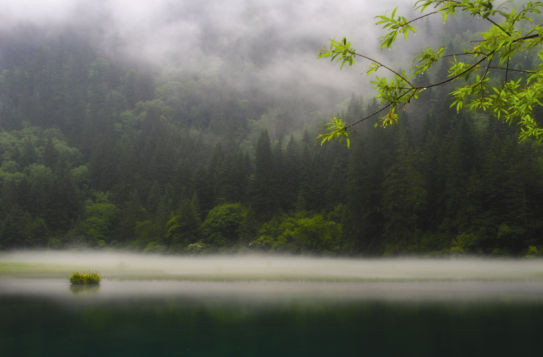
When I walked to the lake, the thick fog slowly dissipated, so I waited for about 5 minutes before pressing the shutter.
3. Only trust the camera metering
There are many pitfalls in landscape photography that can make the camera’s metering system misjudge. Depending on the camera’s metering and recommended exposure, you may not get the desired effect every time. Metering traps in landscape photography are often encountered, such as white sky, backlit tree branches, dark green lake water, etc.. That makes it difficult for the camera to judge.
Besides, sometimes in order to enhance the story of the photo, you need to deliberately underexpose or overexpose to create an atmosphere, and it is definitely not the camera that can decide for you. Although the accuracy of camera metering in recent years has been very good, the metering system of many new cameras can even consider the target color, focusing distance and other information together, but how powerful the camera’s metering function is, it is always only auxiliary. How to take a good photo depends on your own judgment.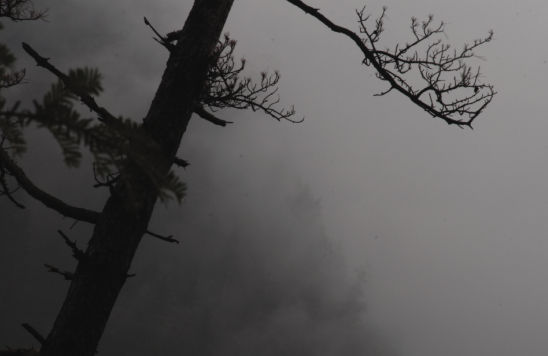
There are camera metering traps everywhere in landscape photography, and you must be careful
4. Multiplayer Travel
It seems like a good thing to meet five or six friends to go out and shoot together. On the one hand, we can talk and laugh along the way. And on the other hand, we can take care of each other. But it’s easy to be self-defeating when it comes to photography itself.
For beginners, shooting with multiple people will easily be influenced by others, and feel that the scenery selected by the other party is a good subject to shoot. And they lack their own observations and opinions. Second, it is difficult to accommodate each other when there are too many people. When several people wait for one person to shoot, they are often very impatient in the end. In order to avoid trouble to the other party and try to complete the shooting as quickly as possible, the concept of the photo is not comprehensive.
We believe that photography is always a creative art that belongs to the individual. We need to find out the goal of shooting and use our own brains. If you don’t go to some remote or dangerous places to shoot and need someone to take care of you, it is better to enjoy the fun of shooting by yourself. And then find friends to share the results afterward.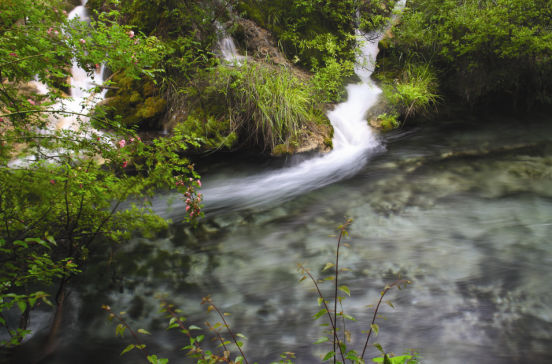
An inconspicuous flowing water, but I feel very peaceful
5. Ignore the telephoto lens
The choice of equipment when shooting is also very important. Many beginners ignore the importance of telephoto lenses and only bring wide-angle lenses when shooting landscapes. Yes, a wide-angle lens can create an exaggerated perspective, emphasize the momentum of the foreground, and express the vastness of the world. But sometimes just using a wide-angle lens is not enough.
The wide-angle lens has a large viewing angle and cannot easily obtain a concise picture. The photographer needs to move around a lot, the focal length is short. And even with the maximum aperture, a very shallow depth of field cannot be easily created. These are all very important for composition and highlighting the subject. The telephoto lens has many advantages in this regard. Wide-angle lenses and telephoto lenses have different optical characteristics. And they have different strengths and weaknesses in shooting, and can play their strengths in various places.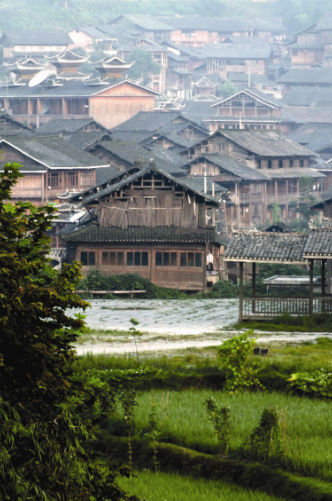
Telephoto lenses are also very important in landscape photography
